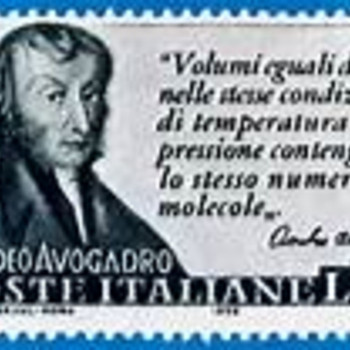Question #37594
2 Answers
None of these options are correct.
Explanation:
And
And given the prior equation, we can represent the solubility of
So
See here for another example of a solubility equilibrium.
None of the options are correct
Explanation:
The equilibrium reaction is
Let
Then due to the stoichiometry
For a saturated solution
As one mole of
This is saying that you can dissolve up to


